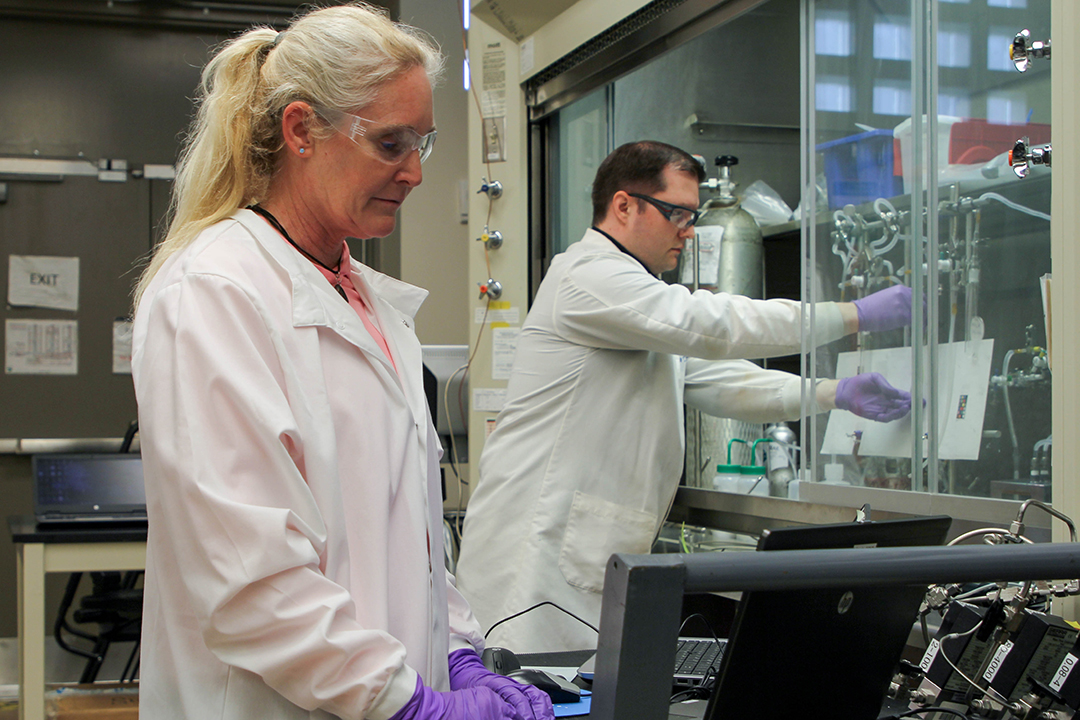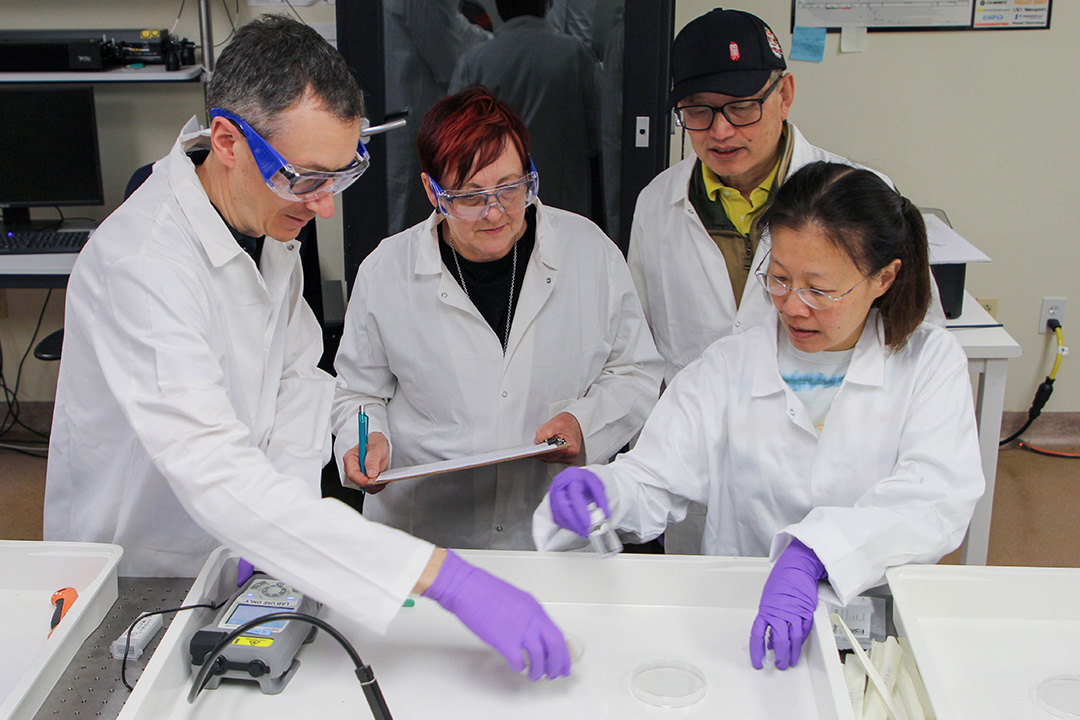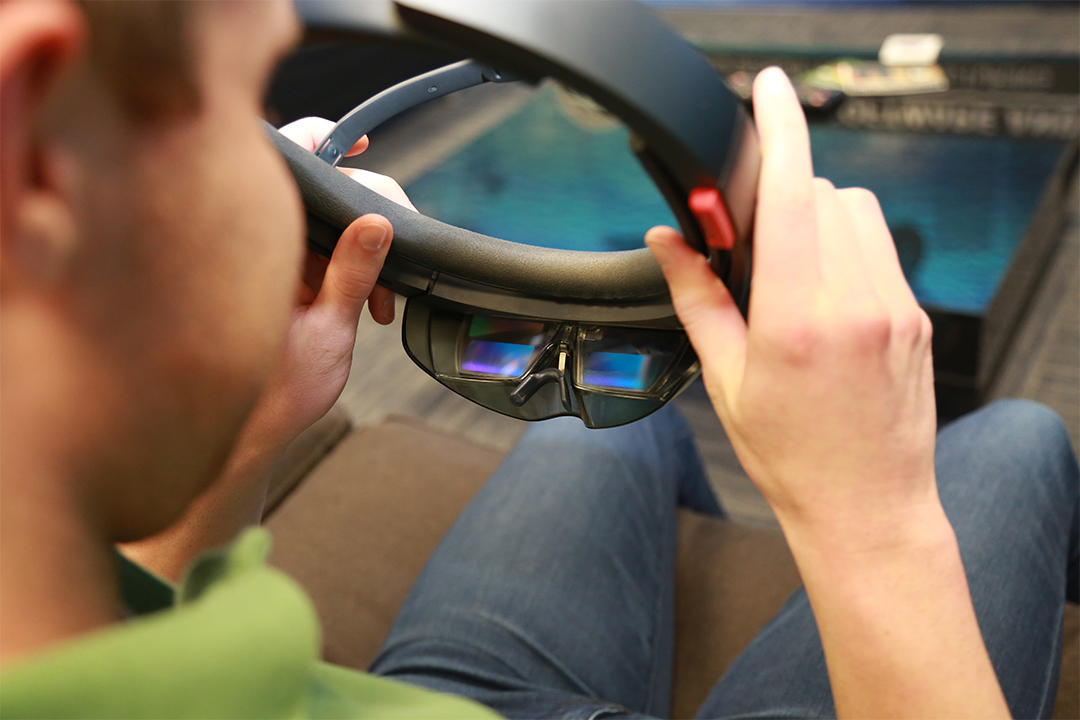
Synthetic environments are the future of Army training
As challenges on the battlefield become increasingly complex, the use of virtual and augmented reality in warfighter training is rapidly increasing with the U.S. Army at the forefront. Virtual reality (VR) is an immersive digital experience taking place within a simulated environment. VR environments can simulate 3D audiovisual aspects of…
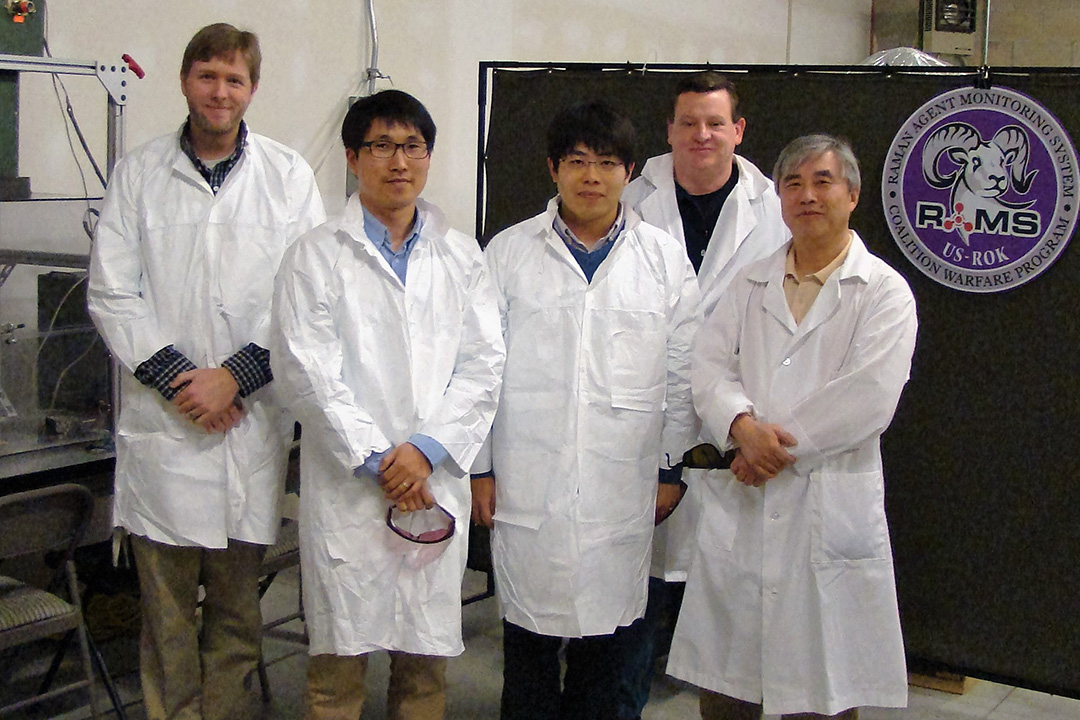
Prototype Laser Detection Device Moving Forward Thanks to International Collaboration
A partnership with South Korea is setting the foundation for an update to the Raman Agent Monitoring System (RAMS) project agreement, which resulted in the creation of a vehicle-mounted laser detection device. RAMS, which began in 2013 and was demonstrated at South Korea’s Changwon Proving Grounds in February 2017, uses…
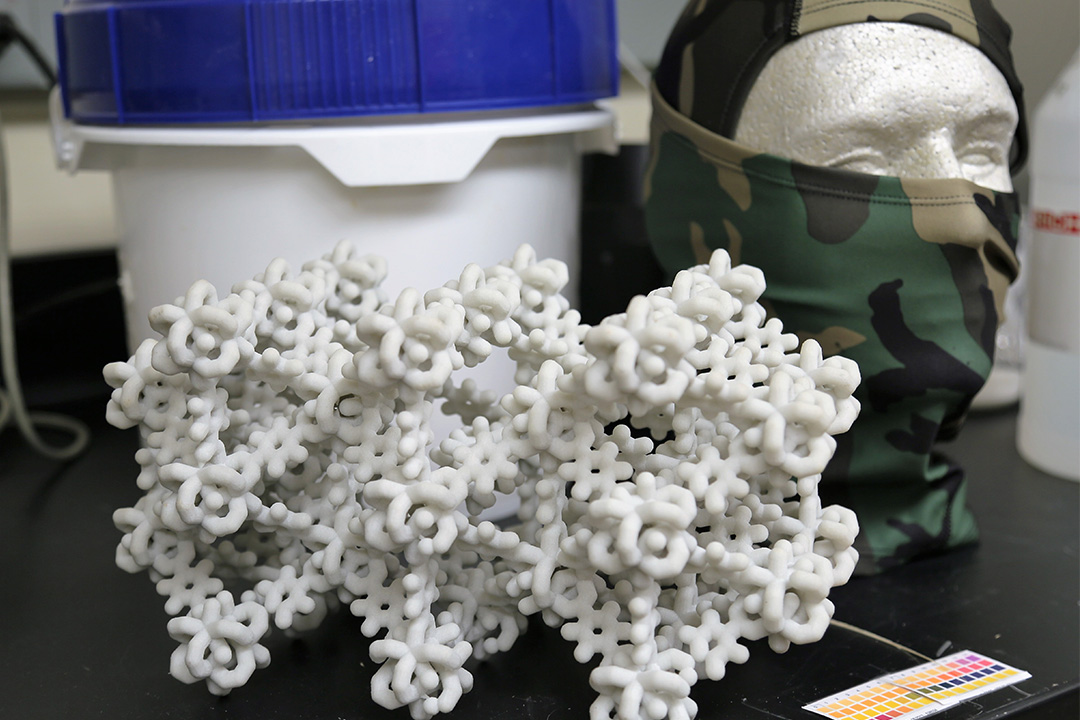
Army ManTech ramps up MOF production for new filters, textiles
New funding will allow the U.S. Army Research, Development and Engineering Command Edgewood Chemical Biological Center (RDECOM ECBC) to significantly scale up the production of metal-organic frameworks (MOFs), a promising substance with the potential to support a range of new products dealing with decontamination and filtration. MOFs, which have proven…
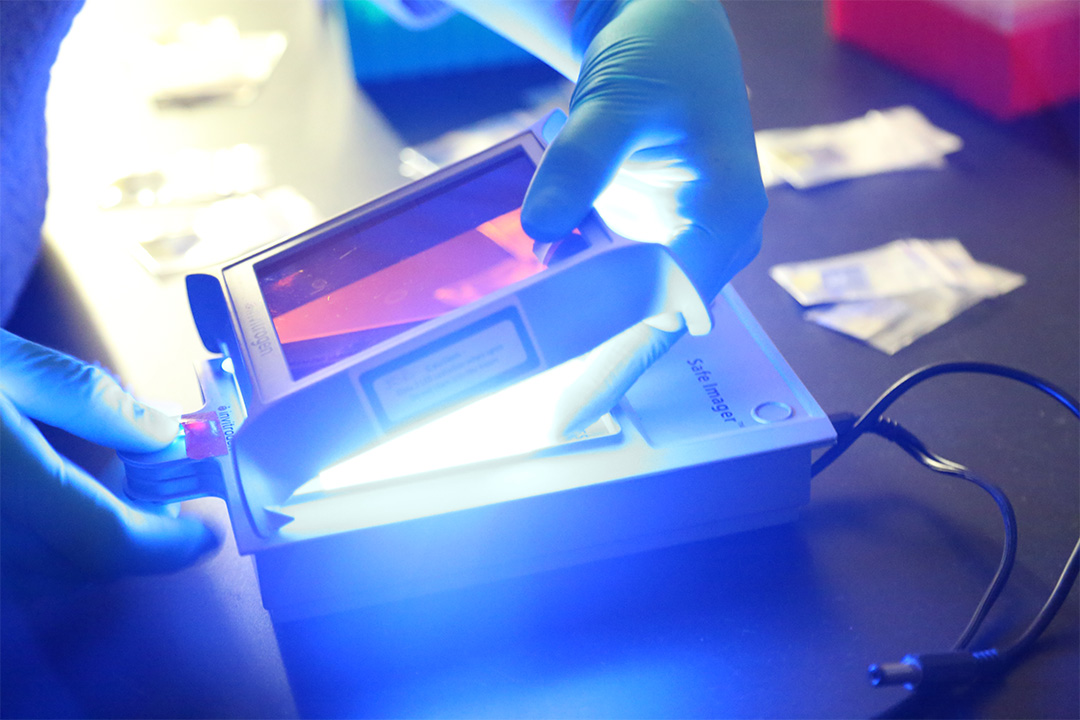
DNA Tagging Detects Counterfeit Equipment
Anyone who’s ever been burned by a knockoff pair of counterfeit designer sunglasses can tell you: counterfeit is never better than the real thing. The U.S. Army, after learning that counterfeit equipment entered the supply chain, is now developing a method for identifying counterfeit equipment by marking authentic equipment with…
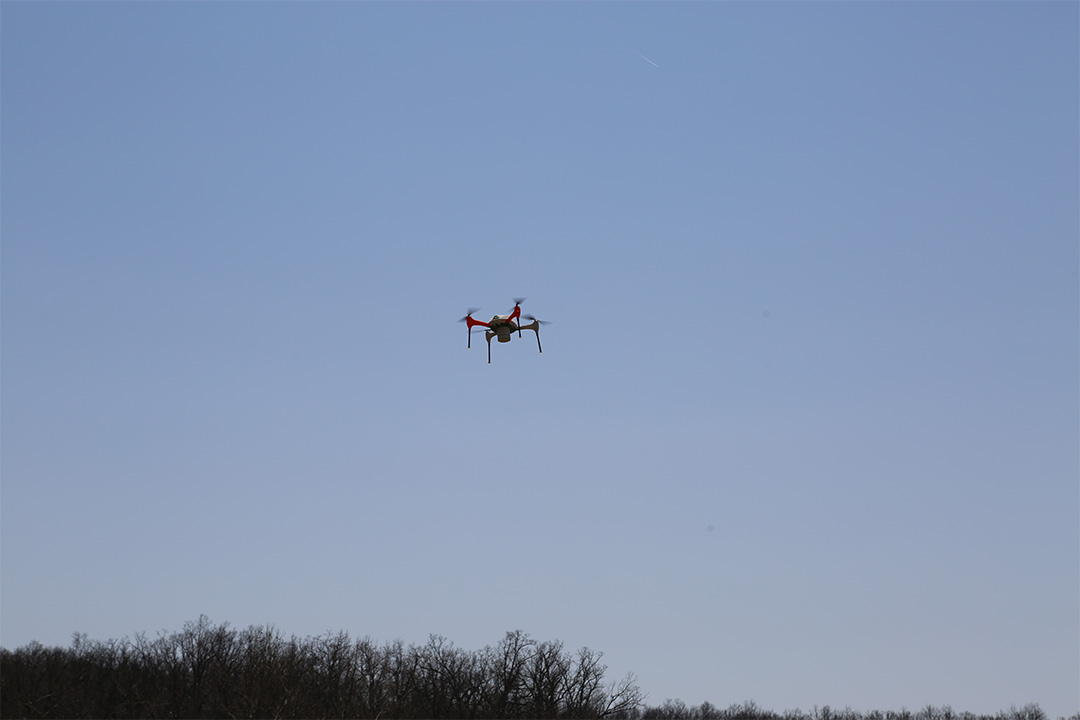
Integrated Early Warning Sensors Provide Real-Time Battlefield Updates
On a dreary, muddy morning in Quantico, VA, the U.S. Army Research, Development and Engineering Command Edgewood Chemical Biological Center (RDECOM ECBC) led several demonstrations of chemical biological (CB) integrated early warning (IEW) technology during Perceptive Dragon II. IEW technology uses data from specialized sensors to provide warfighters and decision…
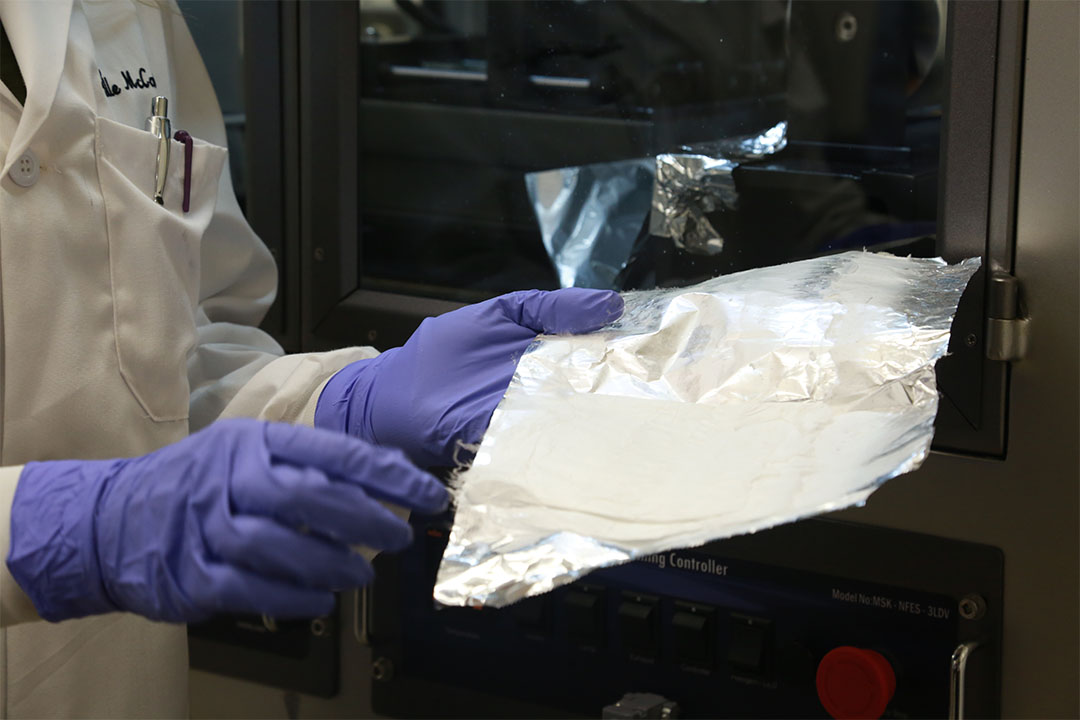
New Obscurants Hold Potential for Blocking Infrared Sensors
For centuries, warfighters have used obscurants like smoke to evade enemies and stay safe on the battlefield. As technology advances and new threats emerge, older capabilities must be modernized to more comprehensively obscure warfighters from enemy sight. As infrared sensors become more widespread, scientists at the U.S. Army Research, Development…
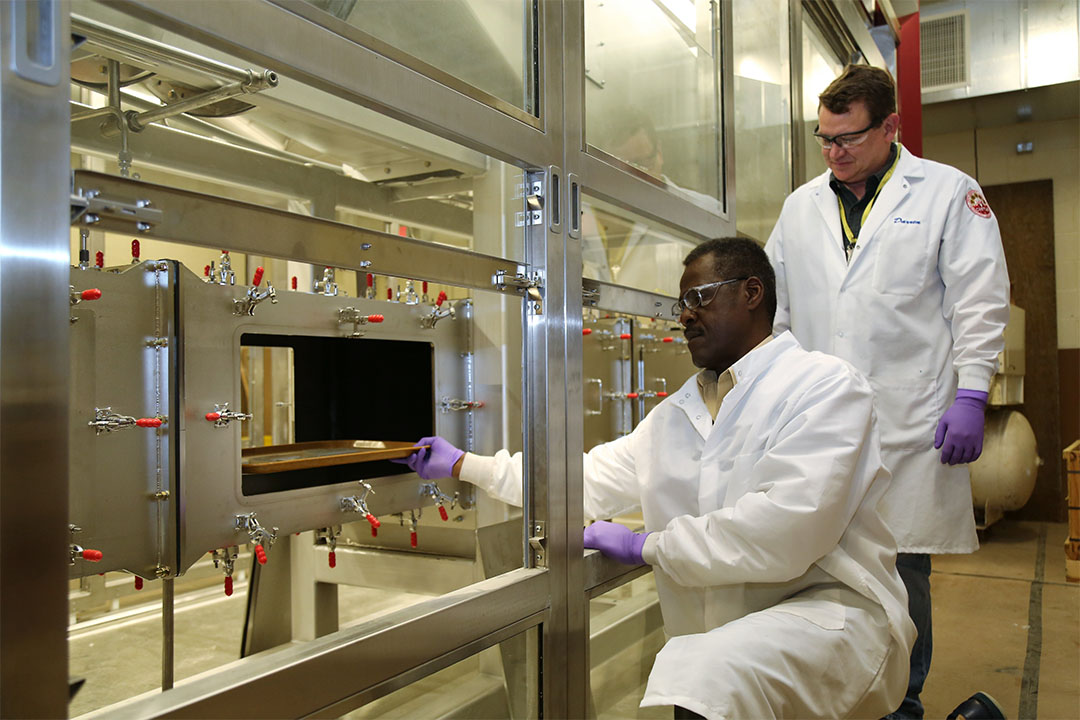
Army Researchers Enable Modernization with New Closed Circuit Wind Tunnel
Researchers at the U.S. Army Research, Development and Engineering Command Edgewood Chemical Biological Center have worked with a contractor to design and build a custom closed circuit wind tunnel (CCT) to routinely test aerosolized agents. This capability is unique to the Center and enables modernization in current aerosolized agent research….

Moore, Local Leaders Discuss Future at Army Alliance Breakfast
During the Army Alliance’s annual breakfast on Thursday, Nov. 15, U.S. Army Research, Development and Engineering Command Edgewood Chemical Biological Center (RDECOM ECBC) Director Eric Moore, Ph.D., took part in a panel of local leaders on the future of the defense community in the Edgewood community. Titled, “Shaping the Future:…
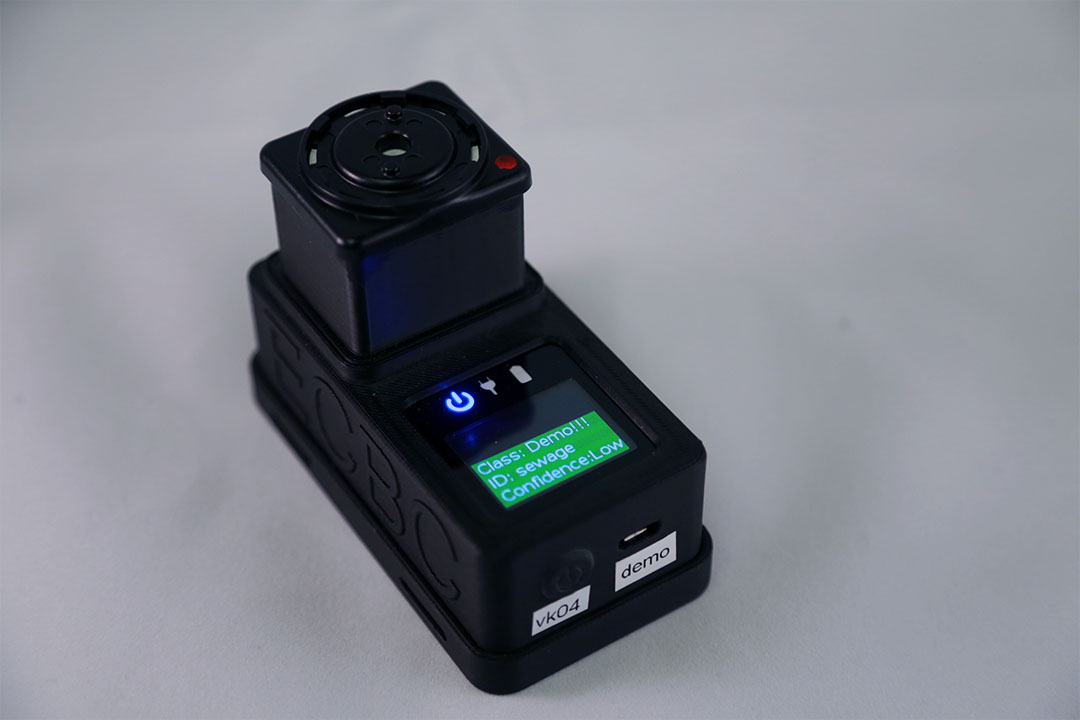
Prototype Chemical Identifier Gets Positive Feedback from Field
During the Chemical Biological Operational Analysis (CBOA), the VK3 demonstrated its ability to identify chemical liquids in the field, including chemical warfare agent. This prototype could develop into a new, portable tool that could improve a warfighter’s ability to identify agent. Developed by scientists and engineers across multiple branches at…
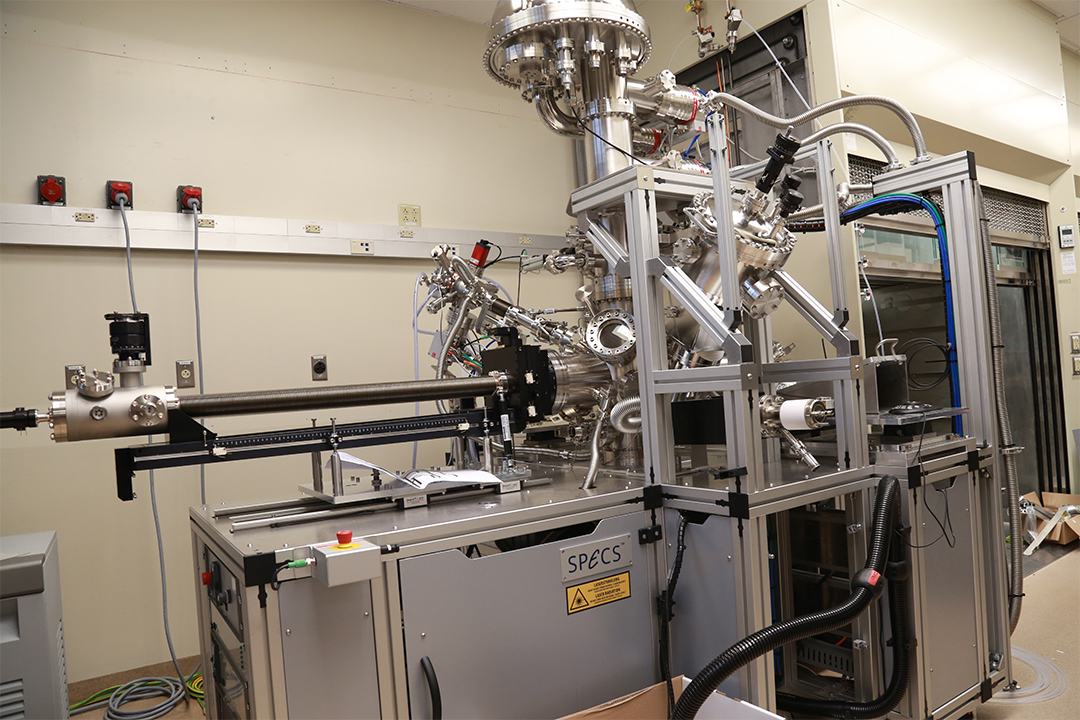
RDECOM ECBC Expands Capability for Agent-Surface Analysis
A new cutting-edge analytical instrument will grant researchers at the U.S. Army Research, Development and Engineering Command Edgewood Chemical Biological Center (RDECOM ECBC) the ability to develop highly advanced materials integral to defense technologies including surface coatings, filters and textiles that will better protect the warfighter from chemical threats. The…


